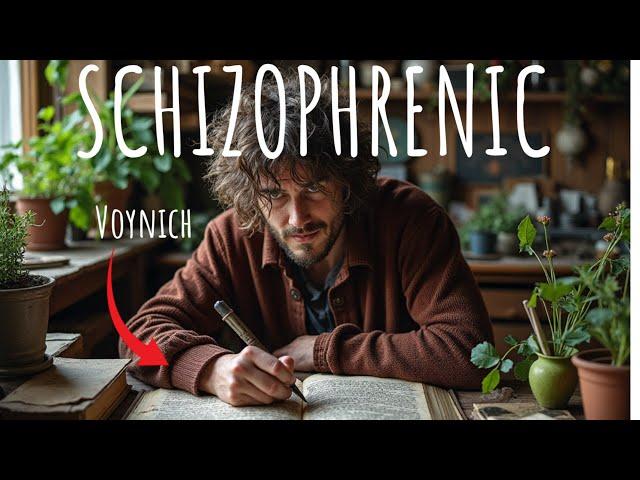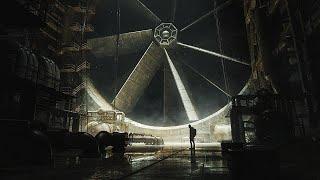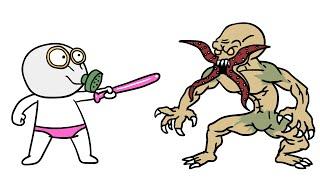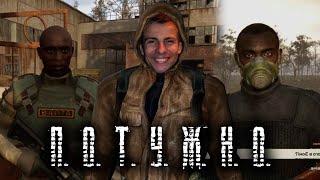
The Voynich Manuscript Schizophrenic Theory
The Voynich Manuscript, an enigmatic medieval document, has captivated scholars, cryptologists, and enthusiasts for over a century. Named after Wilfrid Voynich, who acquired it in 1912, this manuscript is renowned for its cryptic script, known as Voynichese, and its bizarre illustrations. Carbon dating places its creation between 1404 and 1438, likely in northern Italy, though its origin, language, and purpose remain undeciphered. The manuscript features six distinct sections: herbal, astronomical, biological, cosmological, pharmaceutical, and a series of recipes, each adorned with illustrations that defy easy interpretation.
One of the most intriguing aspects of the Voynich Manuscript is its text, which has resisted all attempts at decipherment. The script appears fluent, suggesting the scribe was comfortable with the language or code, yet it contains no clear grammatical markers typical of known languages. This has led to numerous theories, from it being an unknown natural language, a constructed language, or even an elaborate hoax. Statistical analyses, like those conducted by Stephan Vonfelt, suggest Voynichese has properties more akin to Mandarin Chinese pinyin than to European languages, though still distinct. This has fueled speculation about its creation, with some believing it could be a form of proto- or quasi-natural language.
The manuscript's history is as mysterious as its content. After its supposed ownership by Emperor Rudolf II, who purportedly bought it for 600 gold ducats, believing it to be the work of Roger Bacon, it passed through various hands before Voynich's acquisition. Its journey includes a period with alchemist Georgius Barschius, who described it as "a certain riddle of the Sphinx," and later with Johannes Marcus Marci, who sent it to a cryptographer in Rome. This historical trail, combined with its cryptic nature, has led to a rich tapestry of theories, linking it to everything from ancient secret societies to extraterrestrial origins.
Modern technology has been employed in an attempt to unravel the manuscript's secrets. Multispectral imaging, for instance, has revealed details invisible to the naked eye, including what appears to be an early attempt at decoding by a Prague doctor. Despite these advancements, the core mystery persists. The manuscript's illustrations, particularly in the herbal section, combine elements from different plants, suggesting either a symbolic representation or an attempt at something beyond mere botanical documentation. The astronomical sections, with their zodiac symbols and otherworldly diagrams, hint at astrological or possibly alchemical purposes, though they lack the conventional motifs found in contemporary alchemical works.
The Voynich Manuscript's allure lies not just in its undeciphered text but in what it represents culturally and historically. It mirrors humanity's fascination with mystery, secrecy, and the unknown. Each failed attempt at decipherment, each new theory, adds layers to its legend, making it a canvas upon which scholars and dreamers project their hopes of uncovering a lost knowledge or a forgotten science. This manuscript, with its pages filled with an inscrutable script and fantastical imagery, continues to be a symbol of the unknown, a reminder of the secrets that history might still hold, waiting for the right method or mind to unlock them.
One of the most intriguing aspects of the Voynich Manuscript is its text, which has resisted all attempts at decipherment. The script appears fluent, suggesting the scribe was comfortable with the language or code, yet it contains no clear grammatical markers typical of known languages. This has led to numerous theories, from it being an unknown natural language, a constructed language, or even an elaborate hoax. Statistical analyses, like those conducted by Stephan Vonfelt, suggest Voynichese has properties more akin to Mandarin Chinese pinyin than to European languages, though still distinct. This has fueled speculation about its creation, with some believing it could be a form of proto- or quasi-natural language.
The manuscript's history is as mysterious as its content. After its supposed ownership by Emperor Rudolf II, who purportedly bought it for 600 gold ducats, believing it to be the work of Roger Bacon, it passed through various hands before Voynich's acquisition. Its journey includes a period with alchemist Georgius Barschius, who described it as "a certain riddle of the Sphinx," and later with Johannes Marcus Marci, who sent it to a cryptographer in Rome. This historical trail, combined with its cryptic nature, has led to a rich tapestry of theories, linking it to everything from ancient secret societies to extraterrestrial origins.
Modern technology has been employed in an attempt to unravel the manuscript's secrets. Multispectral imaging, for instance, has revealed details invisible to the naked eye, including what appears to be an early attempt at decoding by a Prague doctor. Despite these advancements, the core mystery persists. The manuscript's illustrations, particularly in the herbal section, combine elements from different plants, suggesting either a symbolic representation or an attempt at something beyond mere botanical documentation. The astronomical sections, with their zodiac symbols and otherworldly diagrams, hint at astrological or possibly alchemical purposes, though they lack the conventional motifs found in contemporary alchemical works.
The Voynich Manuscript's allure lies not just in its undeciphered text but in what it represents culturally and historically. It mirrors humanity's fascination with mystery, secrecy, and the unknown. Each failed attempt at decipherment, each new theory, adds layers to its legend, making it a canvas upon which scholars and dreamers project their hopes of uncovering a lost knowledge or a forgotten science. This manuscript, with its pages filled with an inscrutable script and fantastical imagery, continues to be a symbol of the unknown, a reminder of the secrets that history might still hold, waiting for the right method or mind to unlock them.
Тэги:
#Voynich #Voynich_Manuscript #Voynich_Manuscript_Theory #Voynich_Manuscript_Translated #Voynich_King_Rudolph #Voynich_manuscript_2024 #Voynich_2024 #What_is_the_Voynich #Schizophrenic #Schizophrenia #Schizophrenia_Voynich #Schizophrenia_Manuscript #Hypothetically_Speaking #Voynich_Documentary #Ancient_History #Graham_Hancock_VoynichКомментарии:
The Voynich Manuscript Schizophrenic Theory
Hypothetically Speaking
Gout: Eating Protein?
Dr. Pete's Keto Klub
Jackie Chan In POLICE STORY 5 - Hollywood Action Movie | Blockbuster Martial Arts Full English Movie
Hollywood English Collection
Sportbikers RUN From CRAZY Texas Police Officers! - Bikes VS Cops #82
FNF Entertainment
New York, New York
Harvard Din & Tonics


























